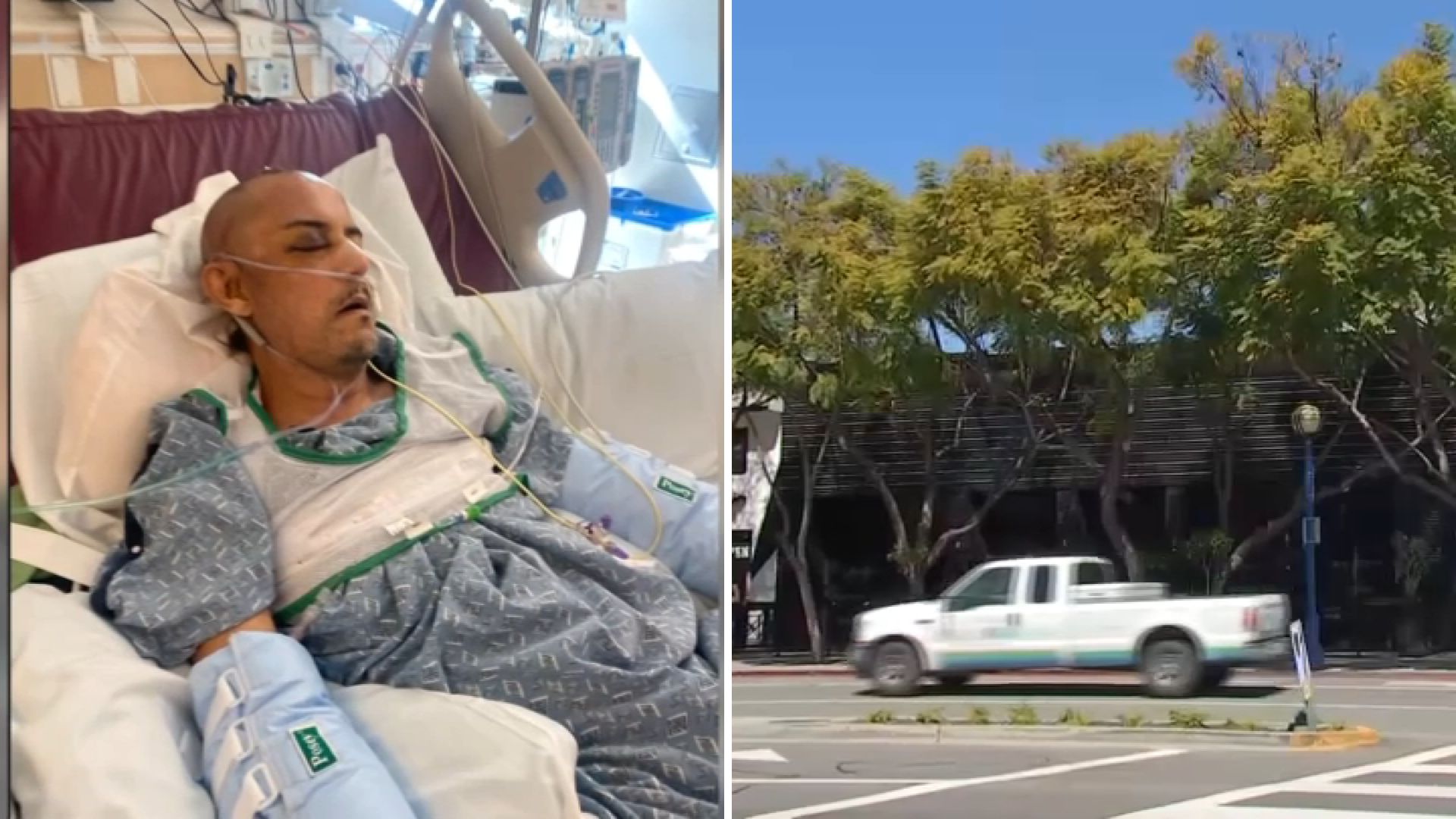Are you ready?
That’s the question at the heart of the California ShakeOut as emergency responders, government offices and disaster relief agencies drilled for an earthquake.
More than 10 million Californians signed up for the event, whose epicenter was Biola University in La Mirada, hit by a 5.1-magnitude earthquake earlier this year.
The university hosted an earthquake simulator that mimics the shaking of a strong earthquake, while LA County emergency responders were treating students made up to look like quake victims.
"La Mirada is like our Napa,” said Ken Kondo, a spokesman for the county’s Office of Emergency Management. ”It's away from major highways, it's gonna take time for help to come."
There is a 97 percent chance Southern California will experience an earthquake of at least 6.7 magnitude within the next 30 years, experts say. Their advice is that earthquake preparations are fairly simple and inexpensive, but crucial in the event of the "Big One."
The number one rule in an earthquake is to drop, cover and hold, and to take shelter from falling objects, which are the likeliest cause of damage, from things like broken glass and fallen book shelves.
"You want to secure that. You can do that with products available at your local hardware or home improvement store," said Jeff Primes, president of Ready America, who demonstrated in the ShakeOut simulator.
News
Top news of the day
It’s recommended to come up with a disaster plan, saying where to meet in the aftermath of an earthquake. The Red Cross says many do not know where their closest shelter is located:
Disaster kits with flashlights, radios and first-aid supplies are important to have as well, because it can take the federal emergency responders days to reach some communities after a major earthquake
"It is important that everybody be responsible for at least three days," said Margaret Vinci, a manager at CalTech's earthquake programs and ShakeOut administrator. "People have to have water. One gallon per person per day for at least seven to 10 days."



